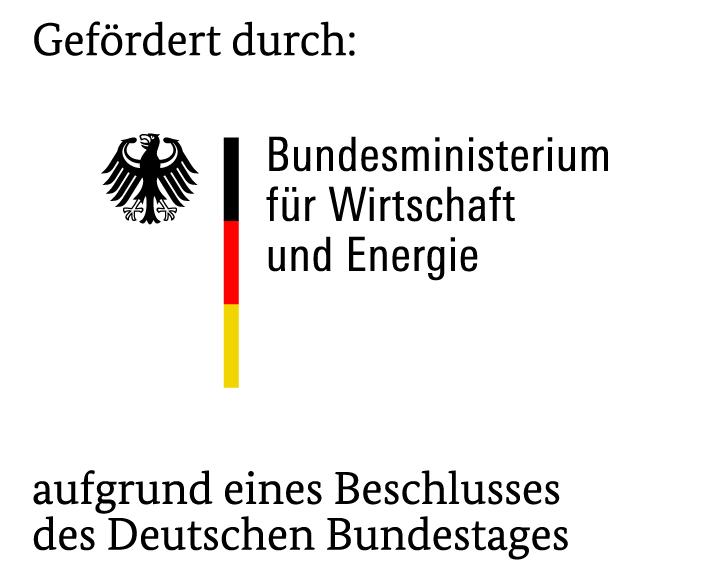The research project "Hybrid-FHKL" aims to develop a new type of surface heating and surface cooling system, which at the same time functions as an air supply. The goal is to significantly improve thermal properties (thermal conductivity and temperature ripple on the surface) of a surface heating and cooling element by using innovative, cellular metallic materials (ZMW, metal foam or metal fibres). In addition, the surface element should be equipped with ventilation ducts which ensure the optimum air transport into the room according to climatic parameters.
The advantages of such a modular element for air and surface heating or cooling (=hybrid) are:
- the transfer of heat/cold and air through one system into the room,
- the reduction of the necessary excess temperature in the system, whereby e.g. regeneratively generated low-temperature heat can be better integrated into the transfer process,
- a negligible surface temperature ripple on the side facing the room and a lower inertia during load changes, which significantly increases the flexibility of the transfer system,
- the high inherent element stability with simultaneous ease of installation.
Such a module can be suitable for new buildings as well as for the renovation of existing buildings. This avoids system duplication and simplifies the control technology. With the integrated storage material, the hybrid transfer system increases the load shifting potential of buildings and thus represents an important component for the implementation of "network-reactive" building units.


 Fraunhofer Institute for Manufacturing Technology and Advanced Materials IFAM
Fraunhofer Institute for Manufacturing Technology and Advanced Materials IFAM

